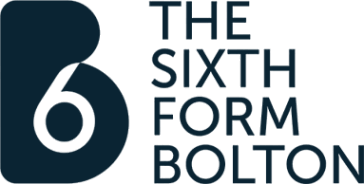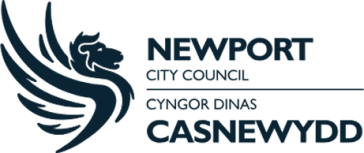16 July 2018
Gender Pay Gap Reporting to be implemented in Ireland

Earlier in 2018, businesses with more than 250 employees across the UK had to publish reports highlighting the gender pay gap (GPG) within their organisations. Big names such as Apple, Ryanair and Sports Direct were shamed in the media for huge differences in pay, commonly driven by a lack of females in more senior roles.
Now Leinster House has approved the General Scheme of the GPG Information Bill (“the Bill”). Charlie Flanagan and David Stanton announced the publication at the end of June. Mr Flanagan said: “We want gender equality in Ireland and we are committed to tackling the gender pay gap. These pay transparency measures are part of a wider package of measures to promote gender equality”.
Similar to those in the UK, regulations will apply to employers with more than 250 employees initially. The GPG law will then apply to businesses with more than 150 employees after two years, and finally those with more than 50 employees a year after that. Regulations will affect both the public and private sectors and companies will have to publish details on differences in hourly pay, bonus pay, part time pay and pay from workers on temporary contracts.
Ireland’s new legislation also includes powers for the Human Rights and Equality Commission to approach the Circuit Court for an Order requiring employers to comply; employees may also request this by applying to the Workplace Relations Commission. There is a provision in the plan for designated officers to investigate a sample of employers to ensure that the information published is accurate.
According to businesswoman Sonya Lennon, many companies in Ireland are in denial about the gender pay gap. She said: “One of the striking things we've noticed is that there are a lot of gender pay gap 'deniers' in Ireland. Many individuals and workplaces refuse to acknowledge that a pay gap exists and that there are positive steps companies can take to address this."
If the law is passed, companies will have to publish reports about their gender pay gaps, forcing companies to look inwards and examine their policies and recruiting history.
New opportunities
Gender pay gap reporting looks inevitable following the publication of the Bill and it is likely to become a legal requirement later in 2018 or 2019. Whilst this may seem like another statutory hurdle, another compliance exercise for HR and payroll professionals, it can be seen as an opportunity to analyse your organisation’s practises and gain valuable insights into your culture.
The vast majority of employers like to see themselves as forward-thinking when it comes to embracing change, and supporting equal opportunities, but due to deeply ingrained assumptions around gender roles and expectations, pay gaps continue to exist. Airline companies justified their pay gaps by pointing to a wider struggle to recruit female pilots. Technology companies highlighted similar issues with more men entering the industry than women. Organisations that want to turn their GPC into an opportunity to make positive changes should use the reporting process to develop a clear strategy for addressing the particular issues that have led to the gap.
The new GPG reporting has already seen positive changes in the UK, with companies declaring new aims to get more women into senior positions over the next few years. Easy Jet has set a new target for 20% of its new pilots to be female by 2020 following their GPC report publication.
Narrowing your gender pay gap
MHR’s legislation expert Rachel Mapleston shares three top tips for organisations to improve their gender equality, and break down the barrier for women’s career progression:
- Flexible working: flexible hours, remote working and job sharing allow for a healthier work-life balance. As women predominantly take on the responsibility of childcare, flexible working provides them with the opportunity to take on more senior roles without it conflicting with their childcare commitments. Research has shown that companies that adopt a flexible working policy typically see an increase in productivity and profit.
- Recruitment process: preconceptions about certain roles or industries may lead to fewer women applying for positions than men – for example in engineering or the sciences. This results in candidate shortlists that are dominated by men. The introduction of unbiased training for those involved in the selection process, as well as predefined shortlist splits, could improve the number of women being interviewed for positions in male-dominated industries
- Succession planning: Identify and develop employees who could step into senior roles when a person leaves or retires. This is strategically beneficial to employers, as it allows them to continue with ‘business as usual’ when a role becomes available. For employees, this provides them with a sense of being valued, which is likely to increase their loyalty and productivity, and allows targeted training to aid their progression. As women are more likely to take on roles with less responsibility due to childcare commitments, succession planning can highlight those with potential and put in place a career path to those senior roles.
The role of HR software
Gender pay gap reporting may seem a daunting task, but HR software can make the process much easier, while ensuring that your data is accurate and complete. Set yourself up with a reliable software provider, and make sure you fully understand the gender pay gap functionality available. By being proactive, companies can internally evaluate their practises and understand what changes may be required, prior to the deadline for making reports public – ensuring more positive communication and a brighter outlook for your organisation.



































































